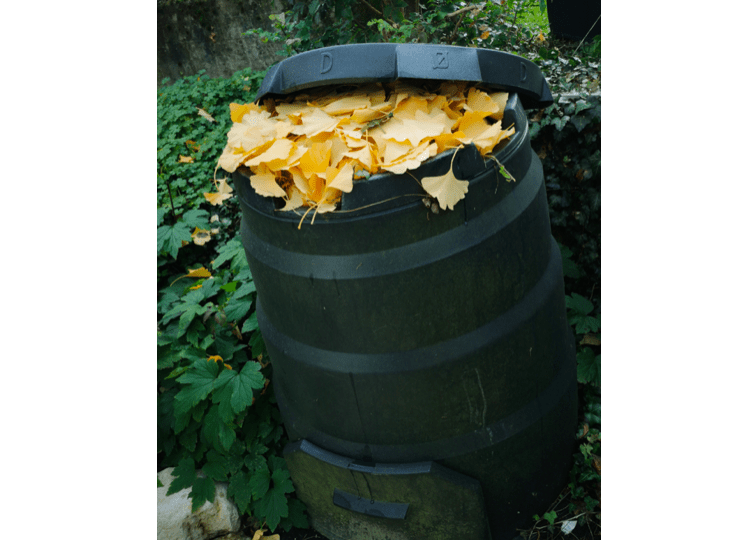As the temperatures drop, many people assume their compost pile needs to be put on hold until spring — but that’s not the case! Composting can continue year-round with just a few adjustments. In fact, fall and winter are great times to keep up your composting routine, especially with all those fallen leaves and garden trimmings available. Here’s how to make the most of your compost pile in cooler weather.
1. Keep Feeding Your Compost
Even when it’s cold, your compost pile still benefits from regular additions of kitchen scraps and yard waste. Continue to add fruit and vegetable peels, coffee grounds, tea bags, and crushed eggshells. Just remember to avoid meat, dairy, and oily foods — these can attract unwanted pests.
If you have plenty of dry leaves, grass clippings, or straw, layer them with your kitchen scraps to maintain a good balance of “browns” (carbon-rich materials) and “greens” (nitrogen-rich materials).
2. Chop and Mix Materials
As decomposition slows in cooler temperatures, smaller pieces break down more efficiently. Chop your scraps and leaves before adding them to the pile. Turning or mixing the compost every couple of weeks also helps keep air flowing, which encourages microbial activity and prevents odors.
3. Insulate Your Pile
To help your compost stay active during cold months, think insulation. A simple way to do this is by surrounding your pile with straw bales or adding a thick layer of leaves on top. You can also use a compost bin with a lid or insulated sides to retain heat.
If you have a large enough pile (at least 3×3 feet), the center will naturally generate and hold warmth, keeping decomposition going even when the surface freezes.
4. Keep It Moist — But Not Wet
Cold winter air is often dry, which can slow decomposition. Check the moisture level occasionally; your compost should feel like a wrung-out sponge. Add a bit of water if it seems dry, but avoid soaking it, especially if temperatures drop below freezing.
5. Try Indoor or Enclosed Composting
If outdoor composting isn’t practical in your area during winter, consider switching to vermicomposting (using worms) or a bokashi system, both of which work well indoors or in garages. These methods let you keep composting all winter long — no matter how cold it gets outside.
6. Save Scraps for Later
If your compost pile is completely frozen, store your kitchen scraps in a covered bin, bucket, or even a bag in the freezer. Once the weather warms up, you can add them all to your outdoor compost to give it a quick nutrient boost.
Final Tip: Be Patient
Composting slows down in the cold, but it doesn’t stop. Once temperatures rise in spring, microbial activity will pick up again, breaking down everything you’ve added over the winter. Staying consistent through the cooler months means you’ll have rich, ready-to-use compost just in time for planting season.
Composting in cooler weather is all about small adjustments and a little patience. By keeping your pile active through fall and winter, you’re reducing waste year-round — and creating nutrient-rich soil to give your garden a healthy head start come spring. 🌱




